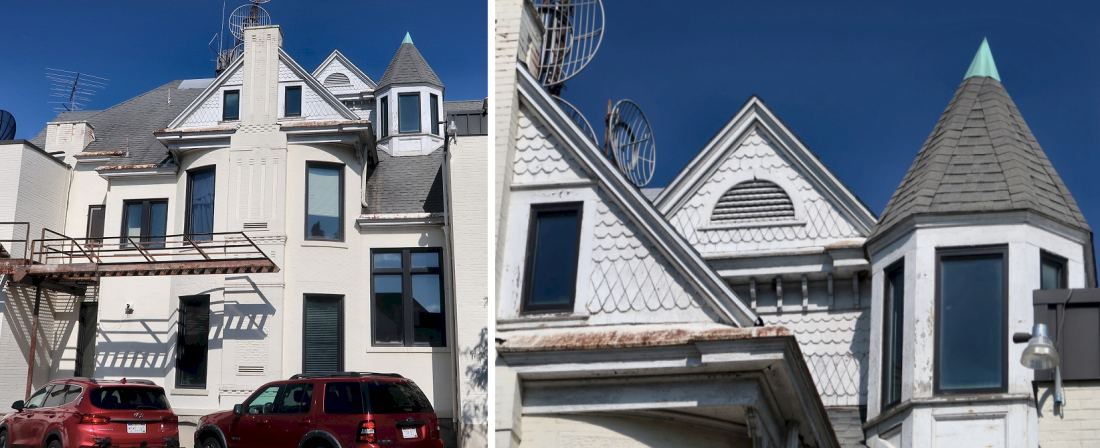Pfaff & Smith
I grew up not far from Pfaff & Smith and on the weekends played in the largest and highest sand pile in the county.
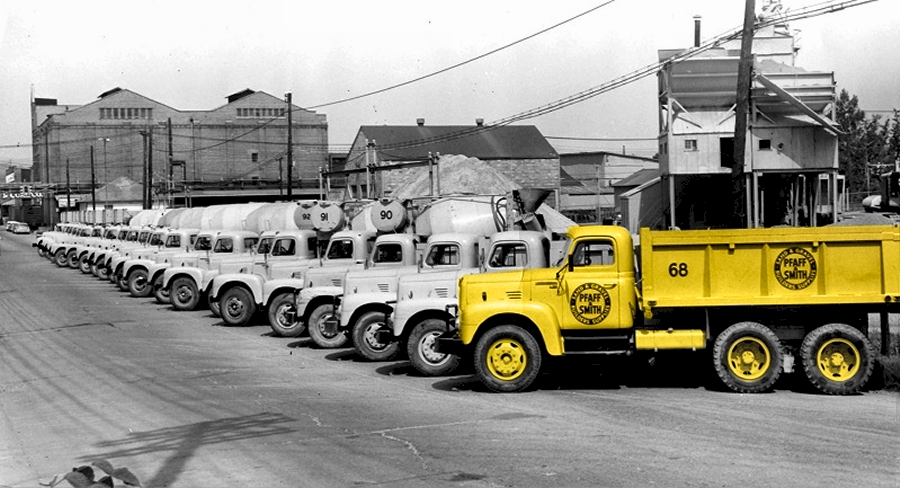
Lineup of their mustard colored trucks in the 50's on Bullitt Street.
The story of Anton Pfaff
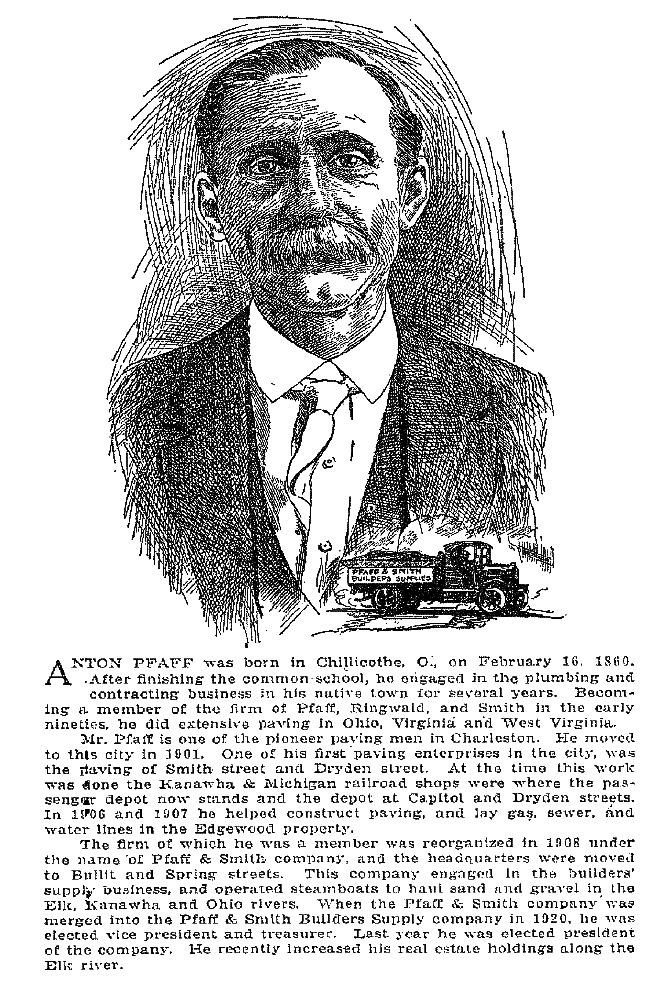

This photo shows the Pfaff & Smith operation in the early days.
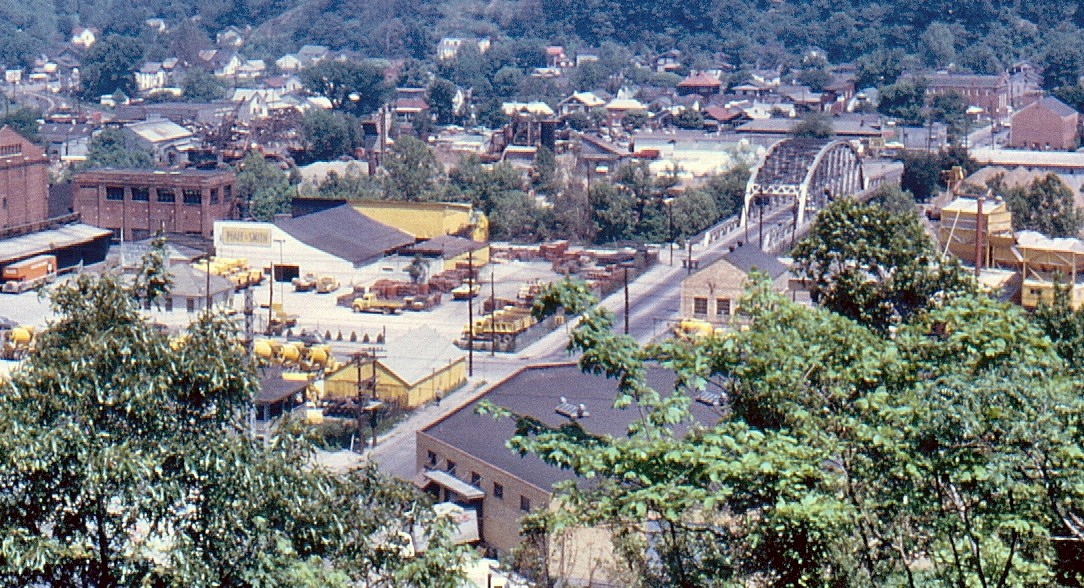
Many years later Pfaff & Smith have expanded. You cant see
them all, but there are about 15 cement trucks in this photo.

Pfaff & Smith on Lee St after just turning off Washington St in the 1950s.
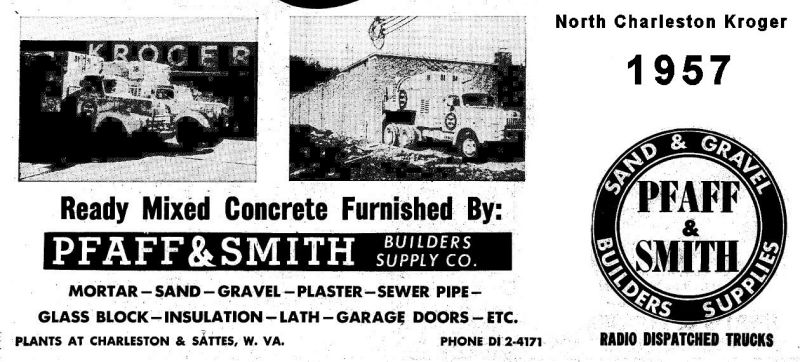
Helping to build the new Kroger Store in North Charleston
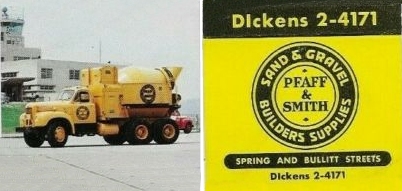

This is Carroll Pate in 1972. He was such a good driver and employee that he was chosen to drive the Bi-Centennial truck
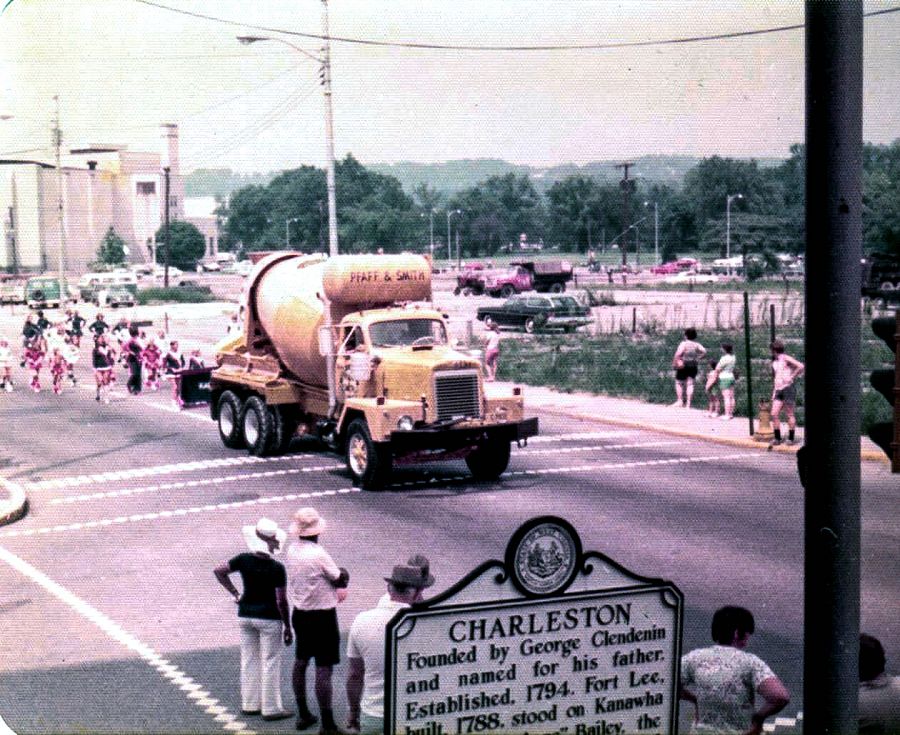
That's Carroll driving in a parade down Virginia Street.
Now... about that Bi-Centennial truck.....
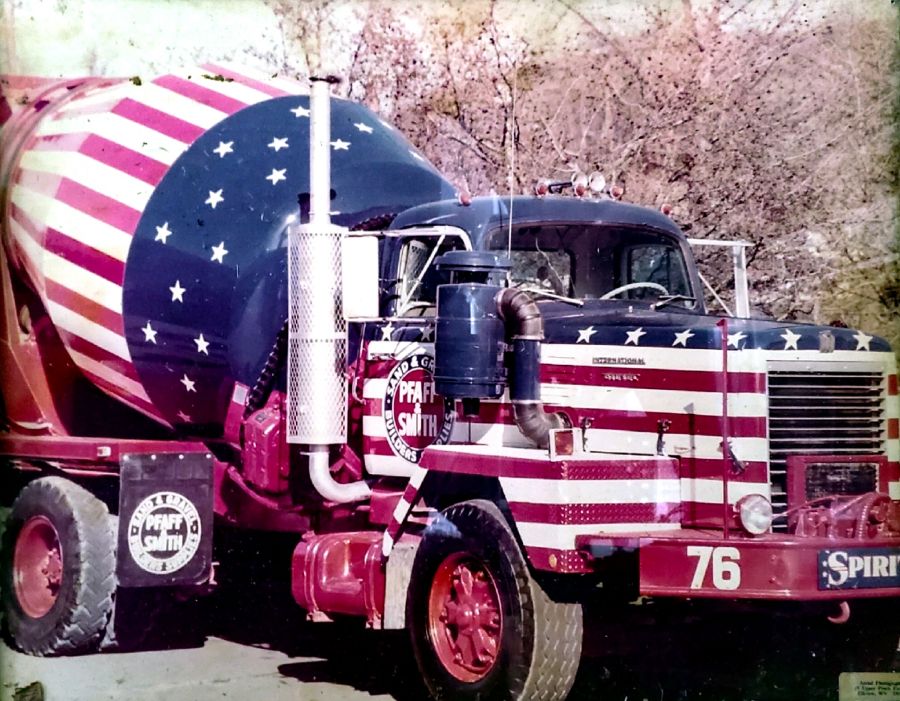
There she is.. a real beauty, and very expensive to paint.
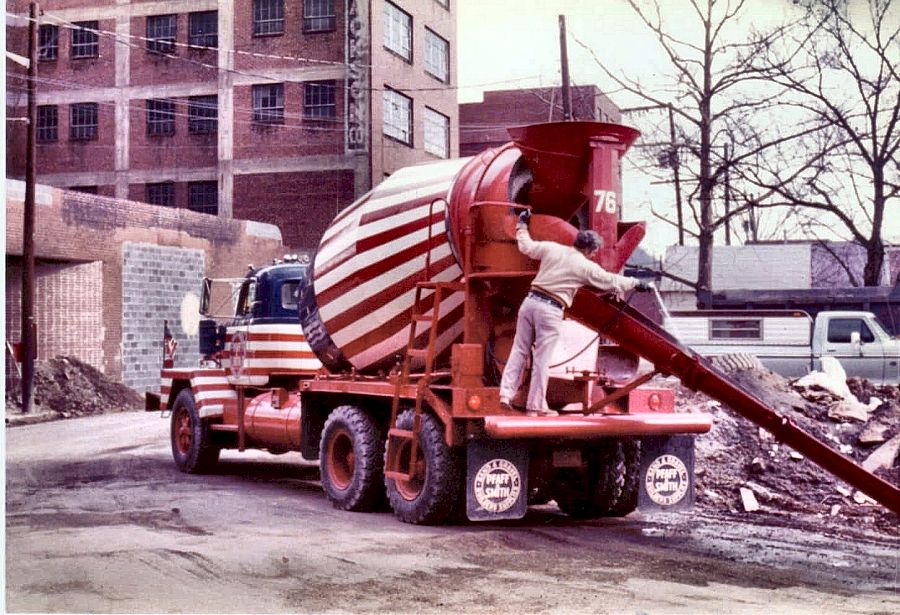
On the job. Smith Street
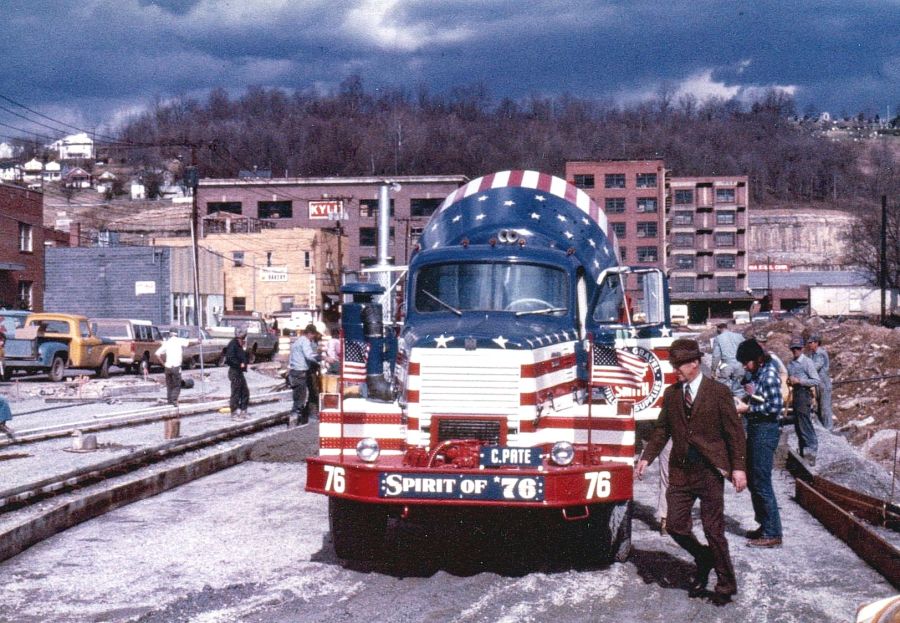
Setting up for the new Interstate ramp on Brooks Street
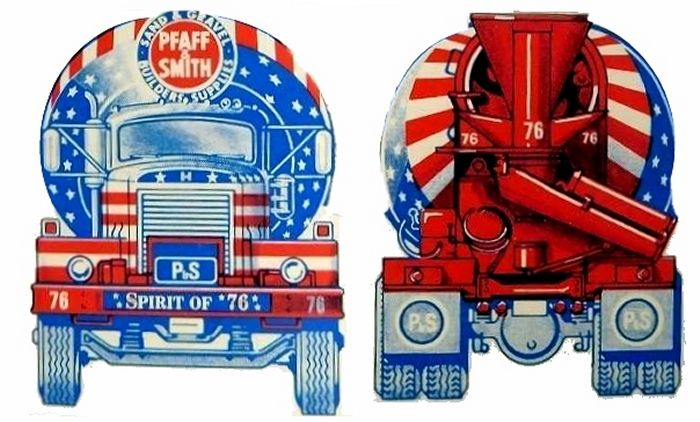
They even had matches made to celebrate the truck.
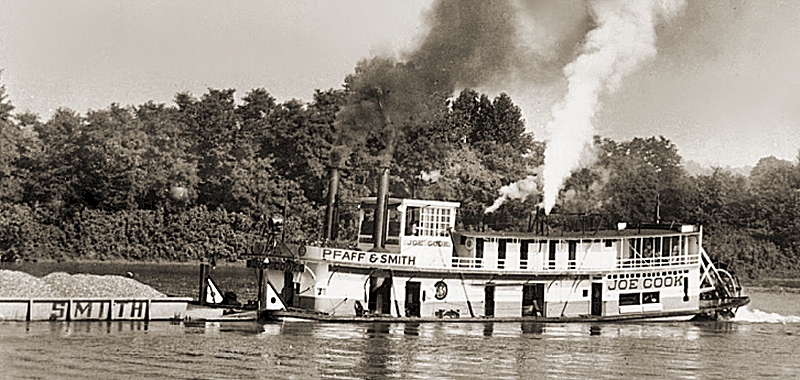
Pfaff & Smith even had their own boats and barges.
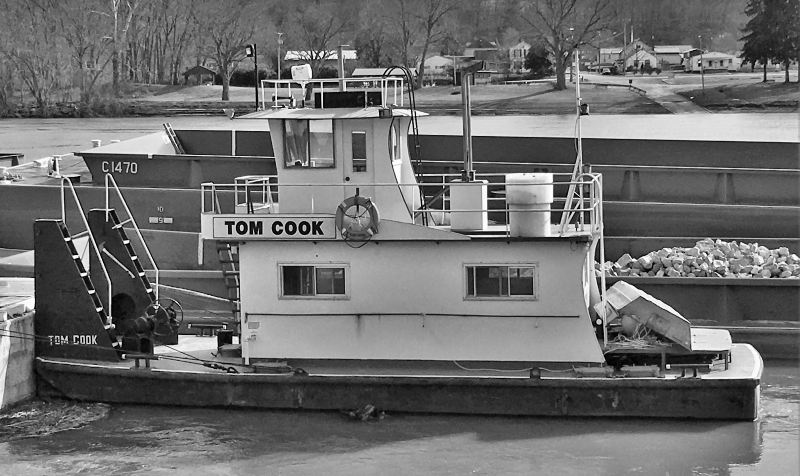
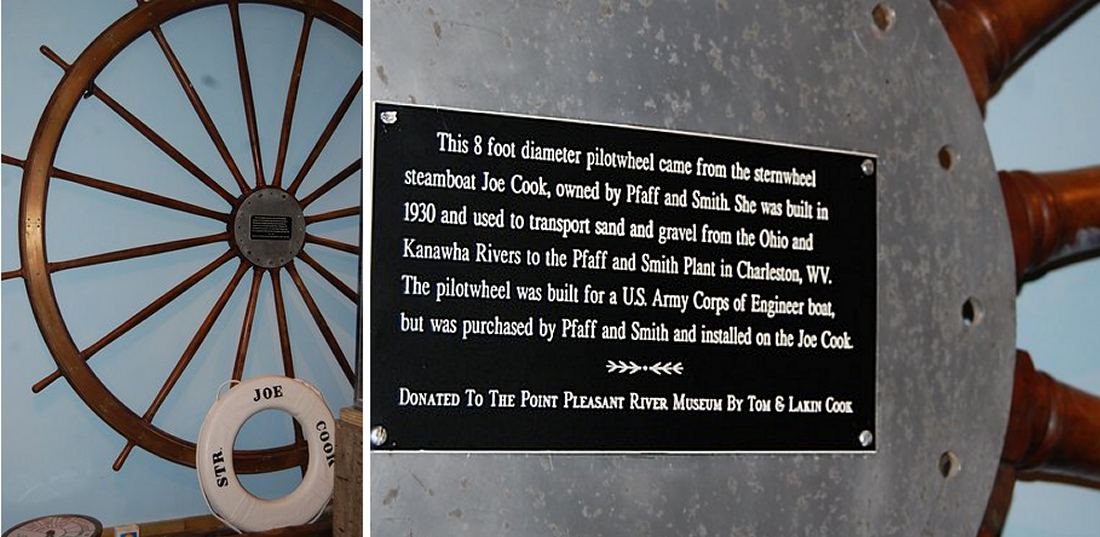
But Pfaff & Smith at the height of their prosperity was sold to a worldwide conglomerate.
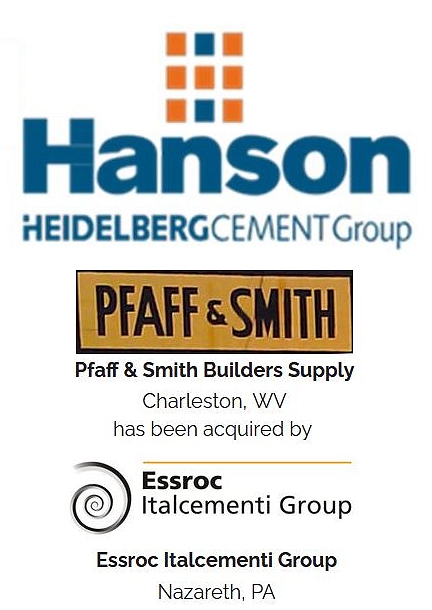
A visit today showed a company with what appeared to be old trucks without pride.
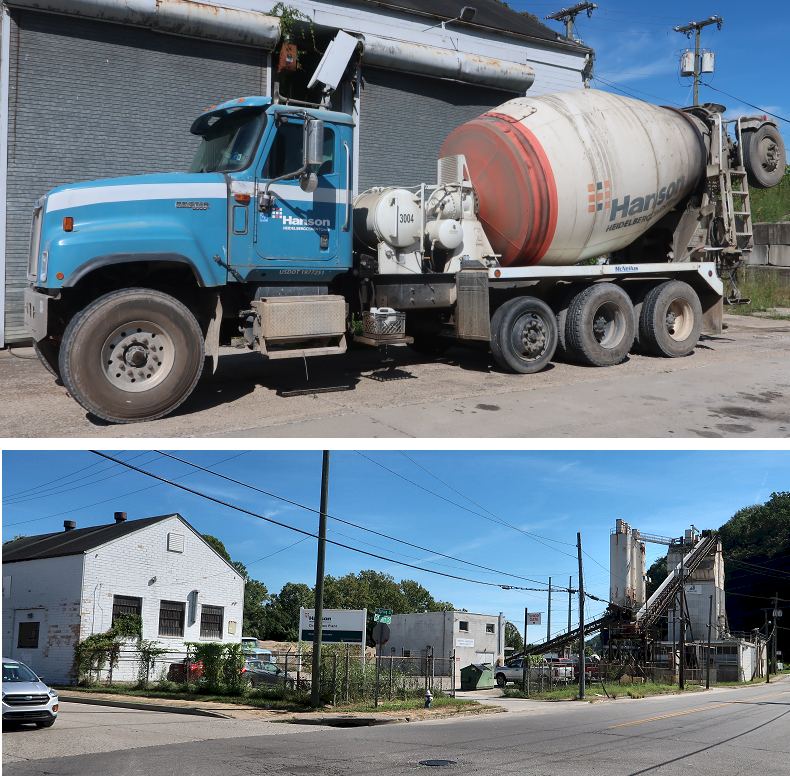
Final note on Anton Pfaff
When Pfaff arrived here and started his family, they lived on the 500 block of Summers Street. This was a relatively good
address at that time. As he prospered, he purchased the old
Frankenberger Mansion at 1111 Virginia Street E. That beautiful
home has since been turned into a radio station, but before that, a TV
station. (WCHS Channel 8 ). That company entombed the old house
by adding rooms to the front, back, and side. But if you look
closely, you can still see parts of the old Mansion sticking out.
|
WHAT WAS THE FIRST COMMERCIALLY PAVED STREET IN CHARLESTON?
If you said Summers Street, you'd be wrong. While Summers Street
is considered the *first paved brick street" in America by many,
it was really an experiment to see if the system would work. Once
it had proven itself, bids were put out to pave all the streets
in Charleston with brick. Meanwhile, in 1891,
Bellefontaine Ohio became the location of the first concrete street in
America. George Bartholomew invented a process for paving using
Portland cement, which until then had been used in stone construction.
A small section of Main Street, on the west side of the Logan County
Courthouse, was the first to be paved using that process.
We're only talking 9 or 10 years from the time that first concrete
street was laid and the idea of using brick, a substance that had
proven itself for thousands of years. Concrete was still in the
experimental stage when it was decided to use brick in Charleston and
many other cities. Another reason (I'm sure) to use brick was
because the Kanawha Valley had the finest brick clay on the East
Coast. This is why we normally had at least three brick plants
working at the same time. The bricks for Charleston's streets
would be made mostly by the Elk River plant. See Here:
SO, WHAT WAS THE FIRST STREET COMMERCIALLY PAVED?
* Smith Street *
***************************
CHARLESTON DAILY GAZETTE, TUESDAY JUNE 24, 1902
STREET PAVING BEGUN
CONTRACTORS PUT LARGE FORCE TO WORK YESTERDAY
Smith Street Is the First to Receive Attention and Others will Follow Rapidly
A large force of men was put to work yesterday on Smith street by
Pfaff, Ringwald & Smith contractors for street paving. The
contractors have made the bond necessary in all city work and
advertised in the Gazette Sunday for a large force of men and fifty
teams to commence the work on Smith street. Yesterday the
breaking of ground was inaugurated, and while they are making ready on
the city thoroughfares, the brick company on Two Mile is getting in
readiness to turn out the paving blocks by the thousands for the street
improvements. The work will continue without interruption now to the
end that Charleston's streets will be permanently improved . By the
time and contracts which have been let are finished; there will be
others in progress under the bond issue which the people will vote upon
as soon as the ordinance is passed and the election is held. The
street railway company has ordered and paid for rails for Capitol
street which will be laid as the street paving is put down. The company
has within last ten days has paid $3000 street paving tax which the
city claimed, and the promoters of the new company which has taken hold
of the property propose to not only improve the service on that one
street but will follow it on other streets in Charleston, but under the
agreement entered into with the city some time ago.
***********************
Now, I find this VERY odd, because you'd think the city would have
started with the downtown streets right? I have a theory, and if
you can discredit it, please let me know: The downtown area,
while not paved in the manner we're accustomed to, was still pretty
hard-packed gravel and tar. Once you moved away from say... an 8
square block area, the streets were a little less hard packed in that
day. Smith Street meanwhile, was the site of warehouses and the
railroad bringing all the really heavy stuff into town. The
streets there would have been a disaster with heavy wagons and teams of
horses constantly tearing them up. Horses and the new motorized
vehicles would have had a tough time moving freight from the Smith
Street area to downtown. I have a feeling this is why Smith
Street was chosen to be the first commercially paved street in the city.
SO, WHO GOT THE BID TO DO THE PAVING?
The answer of course was Pfaff & Smith. However, back in that
day the company's name was Pfaff, Ringwald and Smith. They were
based in Chillicothe Ohio, but found so much work here that they
decided to set-up permanent shop. Pfaff & Smith changed hands
over the years like all companies do, but still basically stayed within
a family. Hardly anyone living in the Kanawha Valley can remember
a time when the yellow cement trucks of Pfaff & Smith weren't
plodding the roads to the next big job. And many of the
riverboats and barges that plied the Kanawha and Ohio Rivers were
associated with or belonged outright to Pfaff & Smith, who had
facilities in several WV areas.
*First paved street in America. There are many references to the
"first paved street in America". For instance, Popular Mechanics
makes this claim: The first paved road was laid down outside Detroit in
1908 at a cost of $13,534. It was made of concrete. Until then, a
surfaced road was gravel, and often a horse was employed to pull a car
out of the muddy muck. It really depends on what kind of paving
you're talking about and even THEN you'll find arguments over who was
the first. But as stated earlier, the first experimental
paving (invented by M. Levi) was laid in 1870 by him in Charleston with
Dr. Hale applying to the city council for permission to lay it at his
own expense. This was on Summers Street, in front of Gates Paint Store,
and the paving of the block by this method was completed in 1873. Later
M. Levi obtained a patent for his invention, this was after he improved
the method by changing the way of preparing the planks used under the
bricks and sand. It seems a long time to me, from that first
experiment in 1873 to the first commercial street brick paving on Smith
Street in 1902....
|
70s photos by Ted pate.
Back
|


















